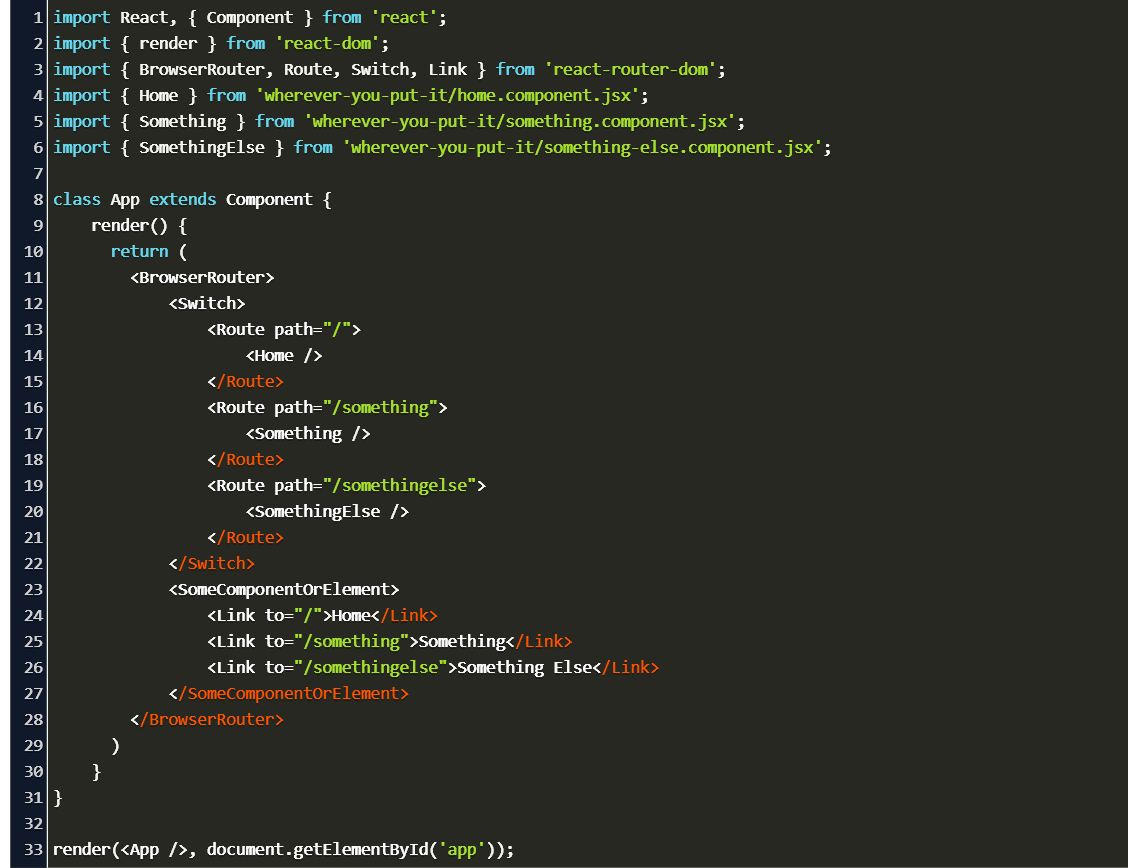

Further if you want to deep dive more into rrd usage you can refer React Router Dom. React-Router v6+ Answer You can use the new useNavigate eNavigate hook returns a function which can be used for programmatic navigation. That is it folks, hope you have gained value from the post, where I've tried to introduce you to almost all topics from the react-router-dom-v6.
#REACT ROUTER DOM ON ROUTE CHANGE CODE#
While you haven't reduced overall code of your app you have reduced the amount of code needed during the initial load & if you think about it as the application increase in size, mote third party packages are installed, the bundle size loads up causing the initial time to be very long. Maybe you will not able to see the fallback loading text, as the file size in not that large, if you do want to ensure it's working throttle your network speed to 'slow 3g' & you will able to see the fallback element. The file size is reduced to 6.8kb& time also has reduced to 15ms. React Router will use the parameter as a wildcard and will match any route that contains that pattern.
#REACT ROUTER DOM ON ROUTE CHANGE UPGRADE#
This is an upgrade as it comes with features like relative routing and linking, automatic route ranking, and nested routes and layouts. This article covers the ways we can do this with ease, but first it might help to quickly cover the basics of React Router. Therefore, React components can lead to others by changing the url path.
One of the features of React Router DOM V6 is that it now comes with aNow when we lazy load the about page, we see the difference. Instead of making a route for each one, add a URL param to the current path.

We can simply do that in the index.js file.Įnter fullscreen mode Exit fullscreen mode
Breaking down all the concepts one by one for better understanding. But trust me they have made it more simpler in the latest version for routing of different pages. Hey folks, I know most of us were using react-router-dom-v5 before & the v6 must be a little bit confusing.


 0 kommentar(er)
0 kommentar(er)
